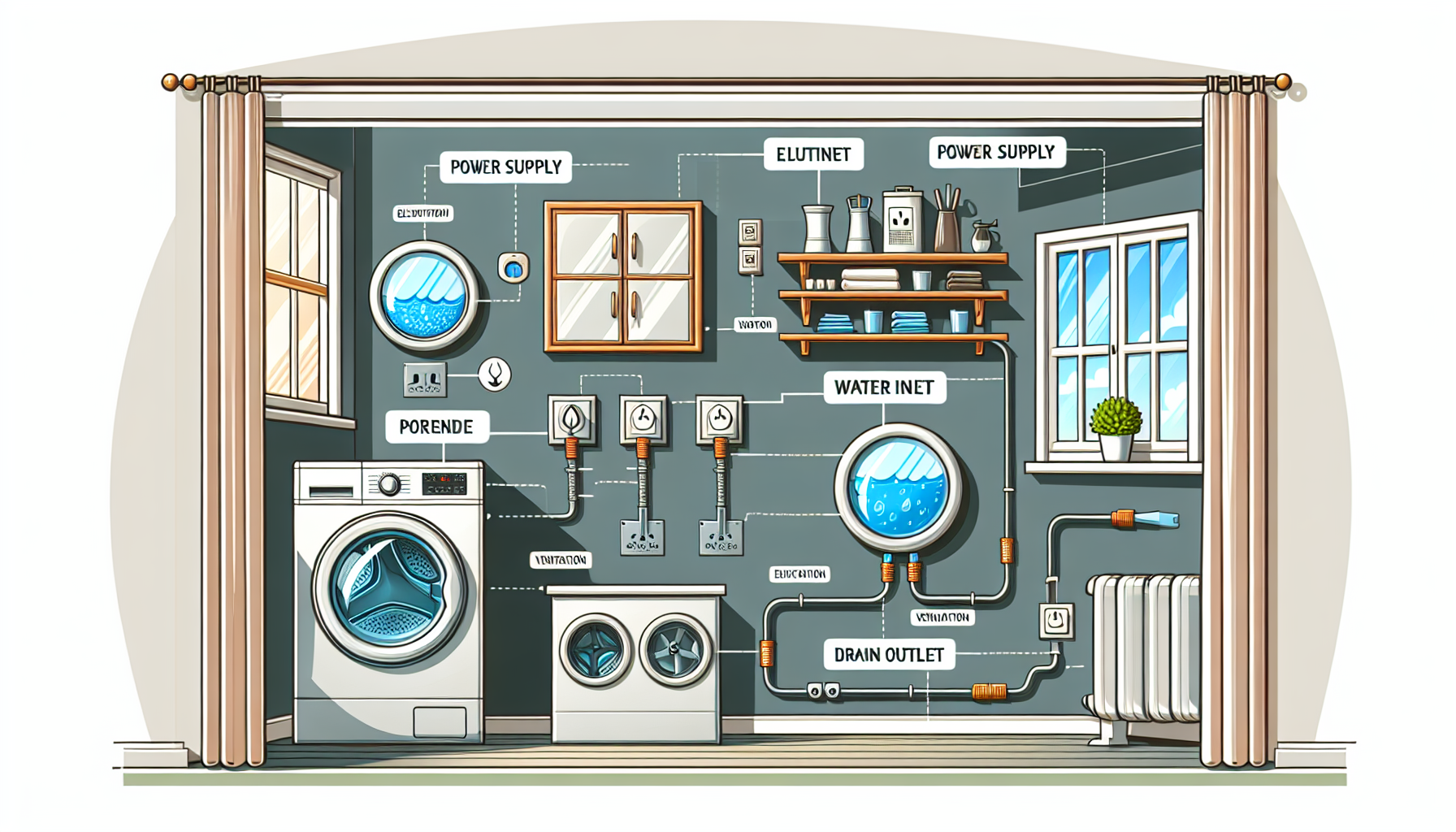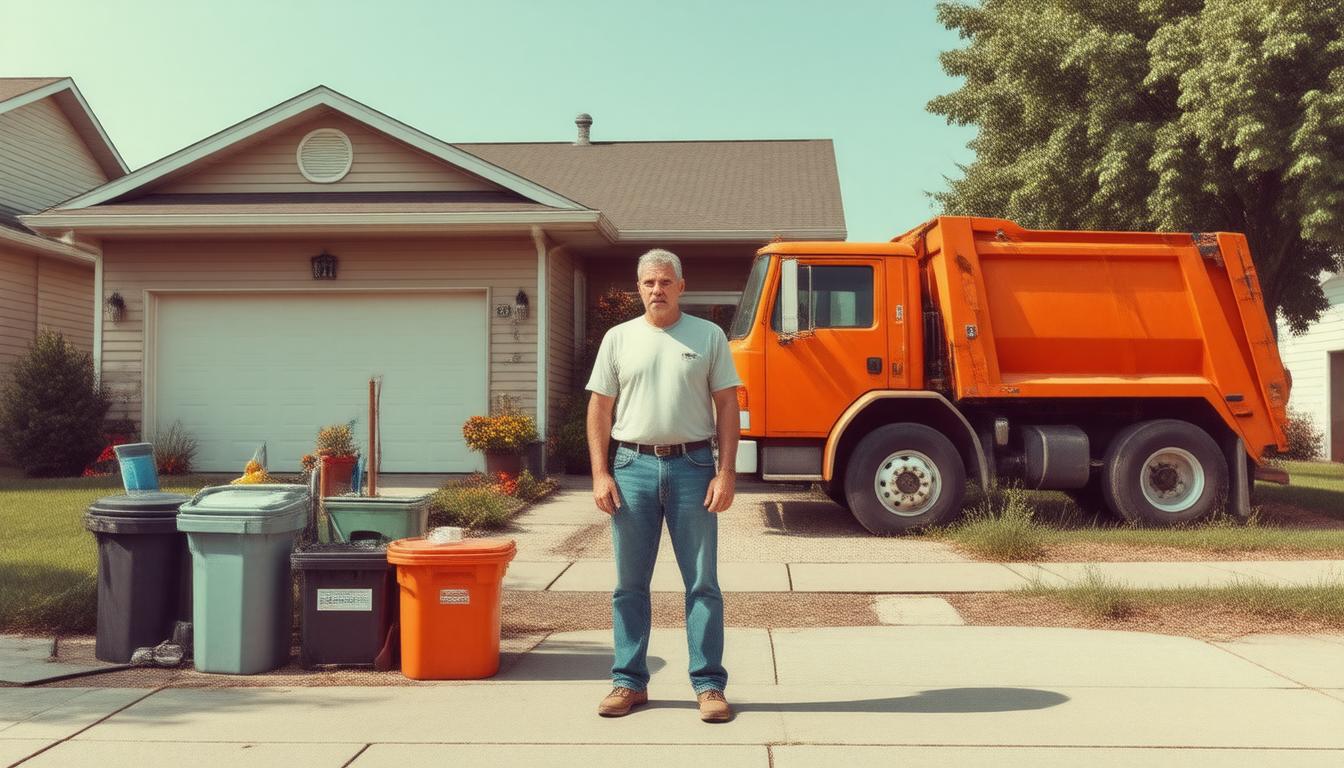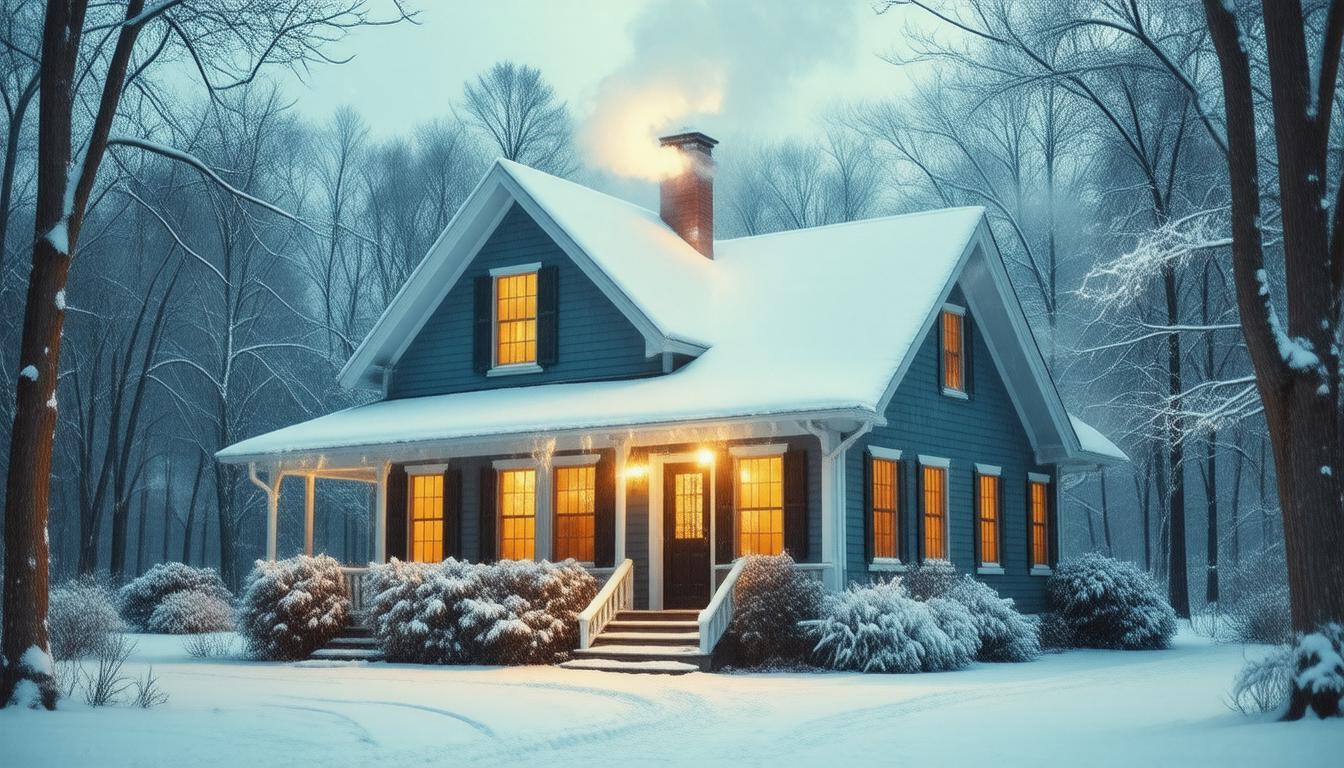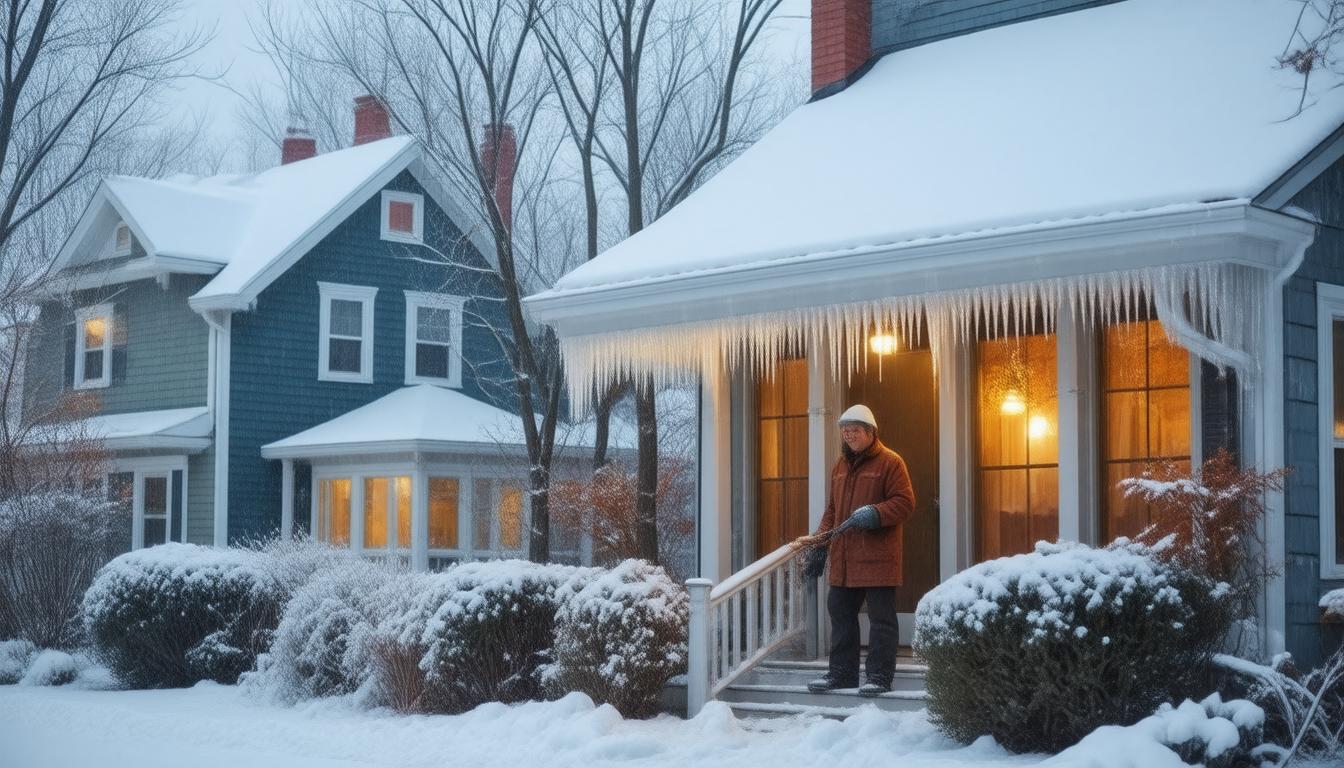
Ventilation is an often-overlooked aspect of a laundry room, but it plays a crucial role in maintaining a safe and efficient environment. Proper ventilation helps to reduce humidity, prevent the growth of mold and mildew, and protect your walls and appliances from moisture damage. Good airflow can also dissipate any hazardous fumes emitted from chemicals used in certain laundry detergents, bleach, or fabric softeners that may be harmful if inhaled over a long period.
Choosing the Right Ventilation SystemWhen setting up your laundry room, selecting the right ventilation system is essential for maintaining air quality. Options include exhaust fans, which can be installed in a window or wall to pull moist air out of the room, or a more complex HVAC system with dedicated vents if your budget permits. The goal is to ensure consistent air exchange, reducing the risk of moisture buildup. It’s important to adhere to local building codes and consider professional installation to ensure adequate airflow.
Setting Up Your Dryer VentDryer vents expel hot and moist air from your dryer to the outside of your home. It’s crucial that they are installed correctly to prevent lint buildup, which can lead to a fire hazard. Typically, a flexible or rigid metal duct is used, with the latter being the preferred choice due to lower lint accumulation and better airflow. Ensure that the duct is as straight and short as possible to maximize efficiency and reduce the potential fire risk due to lint clogs.
Hooking Up Your WasherThe washing machine requires proper hookups for water input and waste output. You’ll need both hot and cold water supply lines, and these should be fitted with single-lever shut-off valves for easy maintenance and in case of leaks. Additionally, a drain hose will need to be connected to a standpipe or laundry sink to dispose of the used water. Make sure that the connections are secure to prevent leaks which can cause water damage.
Electrical Considerations for Your AppliancesSafety and functionality are the priorities when it comes to the electrical hookups for your laundry appliances. Washers and dryers usually require different electrical outlets; most dryers need a 240-volt outlet, while washers can typically use a standard 120-volt outlet. Ensure that your outlets are properly grounded and consider installing a dedicated circuit to avoid overloading your household electrical system. It’s wise to consult with or hire a licensed electrician to handle the electrical setup if you are not familiar with the process.
Water Heater ConnectionsFor homes using traditional water heaters, ensuring that your laundry room has access to the hot water supply is important. Check that the water heater volume and recovery rate can meet the demands of your laundry habits. If the water heater is too far from your laundry room, you may experience delays in hot water delivery unless you install a recirculating system or an on-demand water heater near the laundry room.
Regular Maintenance to Sustain EfficiencyLastly, setting up your laundry room is not just about the initial installation but also about ongoing maintenance. Regularly clean lint from your dryer vent, inspect all hoses and connections for wear and leaks, and ensure that your ventilation system remains unobstructed. Scheduling periodic checks will extend the lifespan of your appliances, improve safety, and maintain the overall energy efficiency of your laundry room setup.
Keeping these guidelines in mind when setting up your laundry room will help you create a comfortable, efficient, and safe space for your household chores. Remember the importance of proper ventilation and correct appliance hookups and consider consulting professionals when necessary to ensure your laundry room meets all the required standards.







